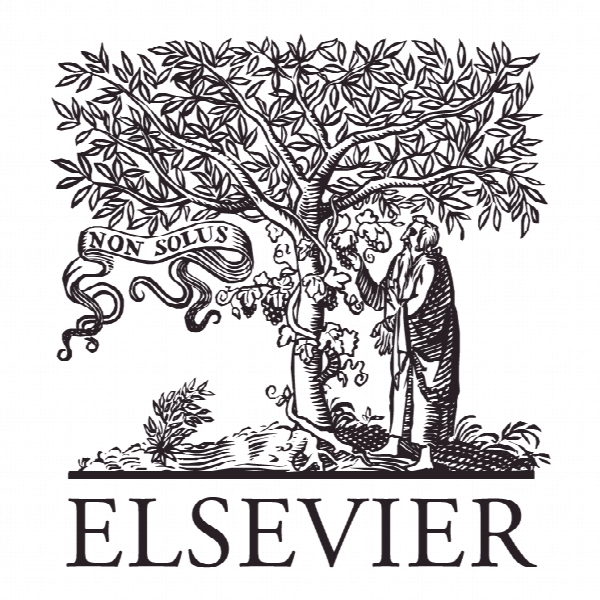ترجیحات و شیوه های تامین مالی شرکت های کوچک و متوسط هند Financing preferences and practices of Indian SMEs
- نوع فایل : کتاب
- زبان : انگلیسی
- ناشر : Elsevier
- چاپ و سال / کشور: 2018
توضیحات
رشته های مرتبط مدیریت
گرایش های مرتبط مدیریت کسب و کار
مجله جهانی مالی – Global Finance Journal
دانشگاه American University – Kogod School of Business – Department of Finance and Real Estate – USA
منتشر شده در نشریه الزویر
کلمات کلیدی SME ها، ترجیحات مالی، شیوه های تامین مالی، هند
گرایش های مرتبط مدیریت کسب و کار
مجله جهانی مالی – Global Finance Journal
دانشگاه American University – Kogod School of Business – Department of Finance and Real Estate – USA
منتشر شده در نشریه الزویر
کلمات کلیدی SME ها، ترجیحات مالی، شیوه های تامین مالی، هند
Description
1.1 Introduction Firms need funds to operate. Yet, some firms have much greater difficulty obtaining funds than others. Despite contributing to wealth creation and employment generation (Newman et al., 2013; Van Caneghem and Van Campenhout, 2012), small and medium-sized enterprises (SMEs) face many obstacles in procuring necessary funds (Boocock and Wahab, 2001). These financing hurdles are due to lending bias, inconsistencies in financing framework, and underdeveloped capital markets for SME. For example, De (2010) discusses the problems that Indian SMEs encounter obtaining short-and long-term financing. Hussain et al. (2006) report that the majority of Chinese SMEs lack sufficient capital to meet their long-term requirements. In fact, Kraemer-Eis and Lang (2012) view this concern as a fundamental structural issue for SMEs. The purpose of this study is to identify the financing preferences and practices of a sample of Indian SMEs, to determine how owner/manager characteristics affect preferences and practices, and to explain why Indian SMEs select certain types of funds. Because SMEs are not required to publish financial statements, survey research is the primary source of obtaining data.


